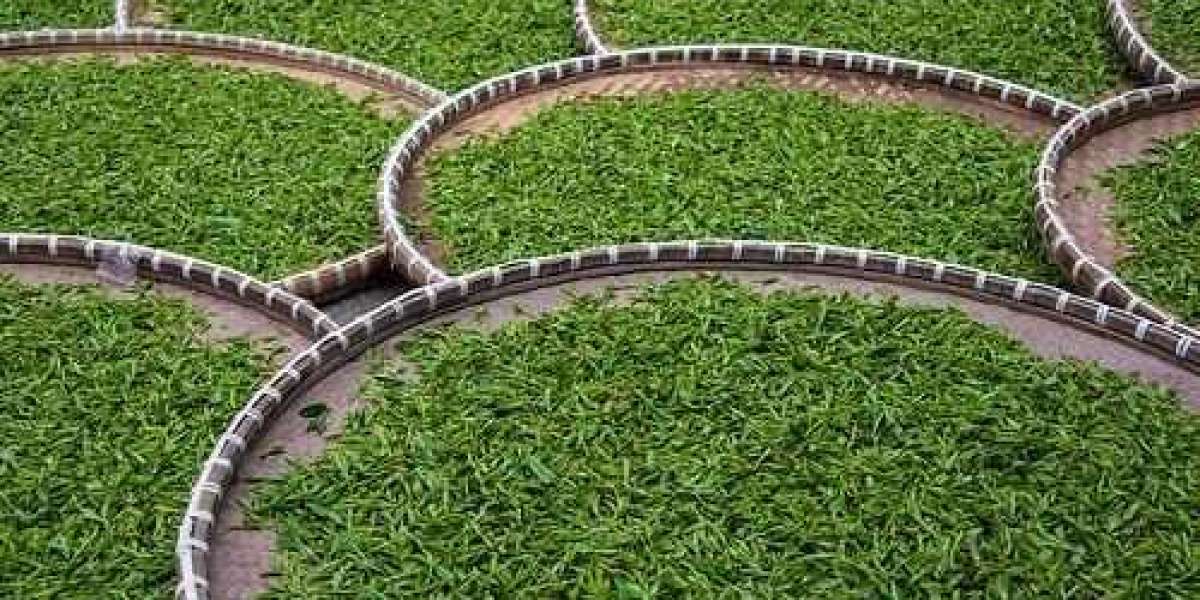Chapter 1: Teacup Materials Compared
| Material | Heat Retention | Best For | Drawbacks |
|---|---|---|---|
| Porcelain | Medium | Green/white teas | Fragile, thin walls |
| Bone China | High | Black tea, English breakfast | Expensive |
| Clay (Yixing) | Very High | Oolong, Pu-erh | Absorbs flavors (dedicate to 1 tea) |
| Glass | Low | Flowering teas, herbals | No insulation |
| Stoneware | Medium-High | Matcha, daily use | Heavy |
Pro Tip:
Glazed interiors preserve delicate flavors (ideal for floral teas).
Unglazed clay (e.g., Tokoname) mellows astringency in roasted oolongs.
Explore our Handmade Teacup Collection.
Chapter 2: Shape Matters – Science of the Sip
Wide Rim Cups (e.g., Gaiwan)
Pros: Releases aroma, cools tea quickly (ideal for green teas).
Cons: Rapid heat loss.
Tall/Narrow Cups (e.g., Turkish çay bardağı)
Pros: Concentrates steam, enhances fragrance (great for black teas).
Cons: Harder to clean.
Handleless Cups (e.g., Japanese yunomi)
Pros: Warms hands, traditional feel.
Cons: Requires tolerance to heat.
Cultural Insight:
Chinese Gongfu cups (30ml) highlight aftertaste.
Russian podstakannik (metal holders) prevent burns with strong brews.
Chapter 3: Pairing Teacups to Tea Types
Matcha: Wide, hand-thrown bowls for whisking.
Earl Grey: Bone china to balance bergamot’s brightness.
Shou Pu-erh: Thick clay cups to soften earthy notes.
Bonus: Use double-walled glass for iced tea to prevent condensation.
Learn pairing secrets in our Tea Ware Guide.
Conclusion: The “Goldilocks” Teacup
The perfect cup fits comfortably, suits your tea type, and reflects your style. Whether you prioritize aesthetics or functionality, invest in at least two versatile cups (e.g., porcelain + clay).
Handpicked for you: Best-Selling Teacup Sets.








